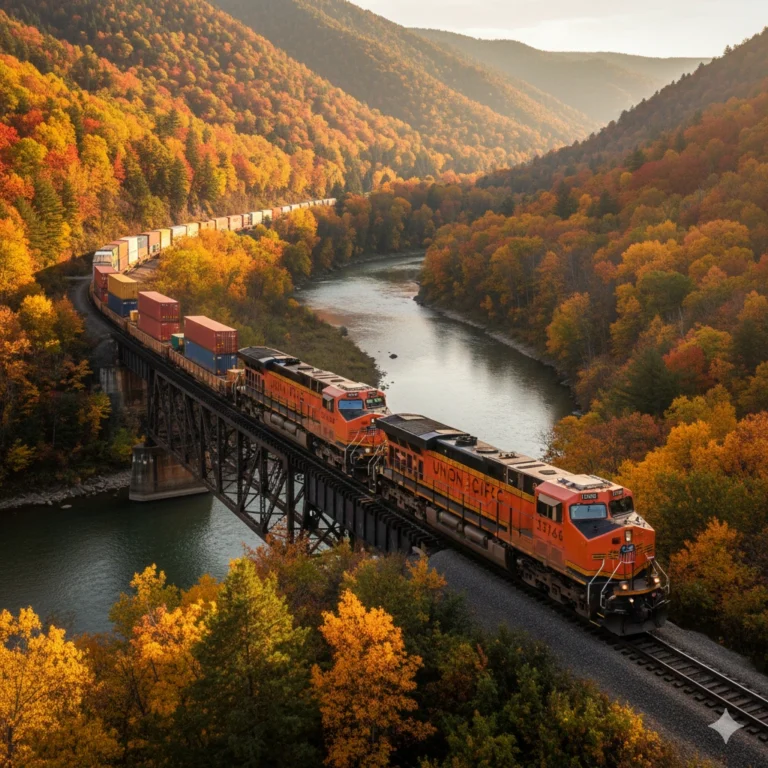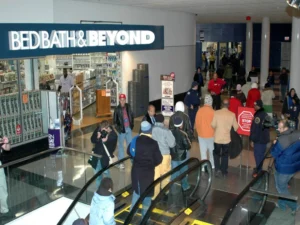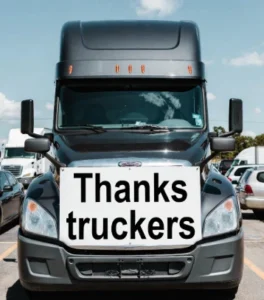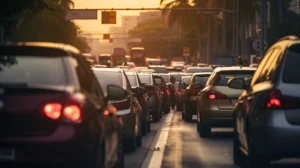ATA warned that rail cannot replace road transport and that favoring one mode over another is unrealistic for the needs of the U.S. economy.
The American Trucking Associations (ATA) explained why proposals to shift most of the country’s freight to rail are neither viable nor practical for the U.S. economy. According to the organization, “calls to shift freight transportation from trucks to trains are nothing new, but the idea that rail can replace road transport—or that policymakers should favor one mode over another—simply does not align with reality.”
Trucks and Trains: Distinct Roles in the Supply Chain
The ATA emphasized that rail directly competes with trucks in less than 10% of the nation’s freight volume. While trains have advantages in moving bulk commodities such as coal, gravel, or grain, their role is limited when the logistics chain demands precision, speed, and reliability.
“Trains don’t deliver to hospitals, supermarkets, schools, or homes. Trucks do,” the association stressed. In the context of booming e-commerce and growing demand for same-day delivery, trucking becomes indispensable.

Infrastructure and Costs: The Major Obstacle
The ATA noted that expanding the rail network to the point of significantly replacing road transport would require thousands of miles of new tracks, additional terminals, more labor, and connections to communities that currently lack rail access.
“The cost would be exorbitant, the disruption enormous, and the benefit minimal, because trucks would still be needed to finish the job,” the association warned. In this regard, the more realistic alternative is to invest in existing highways and bridges, where nearly 75% of the nation’s freight moves today.
Sustainability: Concrete Advances in Road Transport
The ATA also highlighted the trucking industry’s progress on environmental issues. Modern trucks produce 99% fewer nitrogen oxide and particulate emissions than those from decades ago. In addition, new vehicles emit over 40% less carbon than those manufactured in 2010.
Thanks to innovation in clean technologies, alternative fuels, and more efficient engines, it now takes 60 modern trucks to generate what a single vehicle emitted in 1988.
Complementarity, Not Replacement
The ATA underscored that the debate should not focus on choosing between trains and trucks, but on recognizing that both modes complement each other. However, it firmly argued that without road transport, “every link in the supply chain would break.”
“Rail will always have its place, but when it comes to keeping America moving, trucking is not optional—it is indispensable,” the statement concluded.

The strangest Black Friday purchases: from funny to nothing
Fueled by the adrenaline of the moment and the excitement of scoring big discounts, many shoppers have ended up buying unusual items during Black Friday.

Young drivers wanted, older drivers needed: the industry’s biggest dilemma
The road transportation industry remains at a crossroads in its efforts to recruit young drivers, but the workforce keeps aging and seeking retirement. The road

Thanksgiving, Black Friday and the Long Weekend: America Moves Because Trucks Never Stop
Thanksgiving, Black Friday and the Long Weekend: America Moves Because Trucks Never Stop

Thankful for the Drivers Who Keep America Moving This Thanksgiving
Thankful for the Drivers Who Keep America Moving: The Invisible Work Behind One of the Busiest Thanksgiving Seasons

Preparing for Thanksgiving travel: best and worst times to travel
Whether you are a truck driver, a traveler, or simply someone who needs to move around during these days, we share essential information to help

Cargo theft spikes during Thanksgiving: how to stay safe
Every year during Thanksgiving, cargo theft poses a serious threat to the trucking industry, and this year will be no exception. Every year during Thanksgiving,
